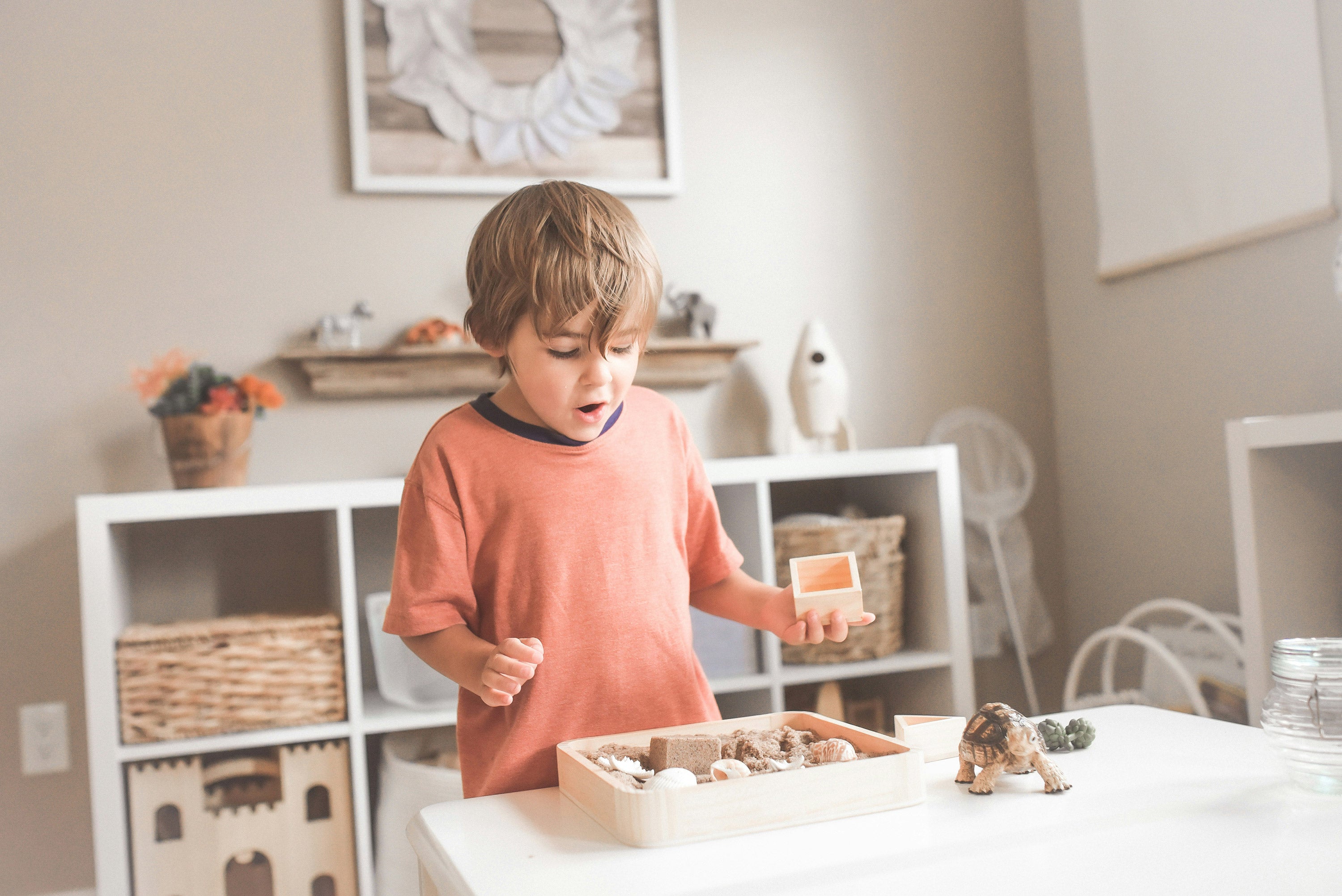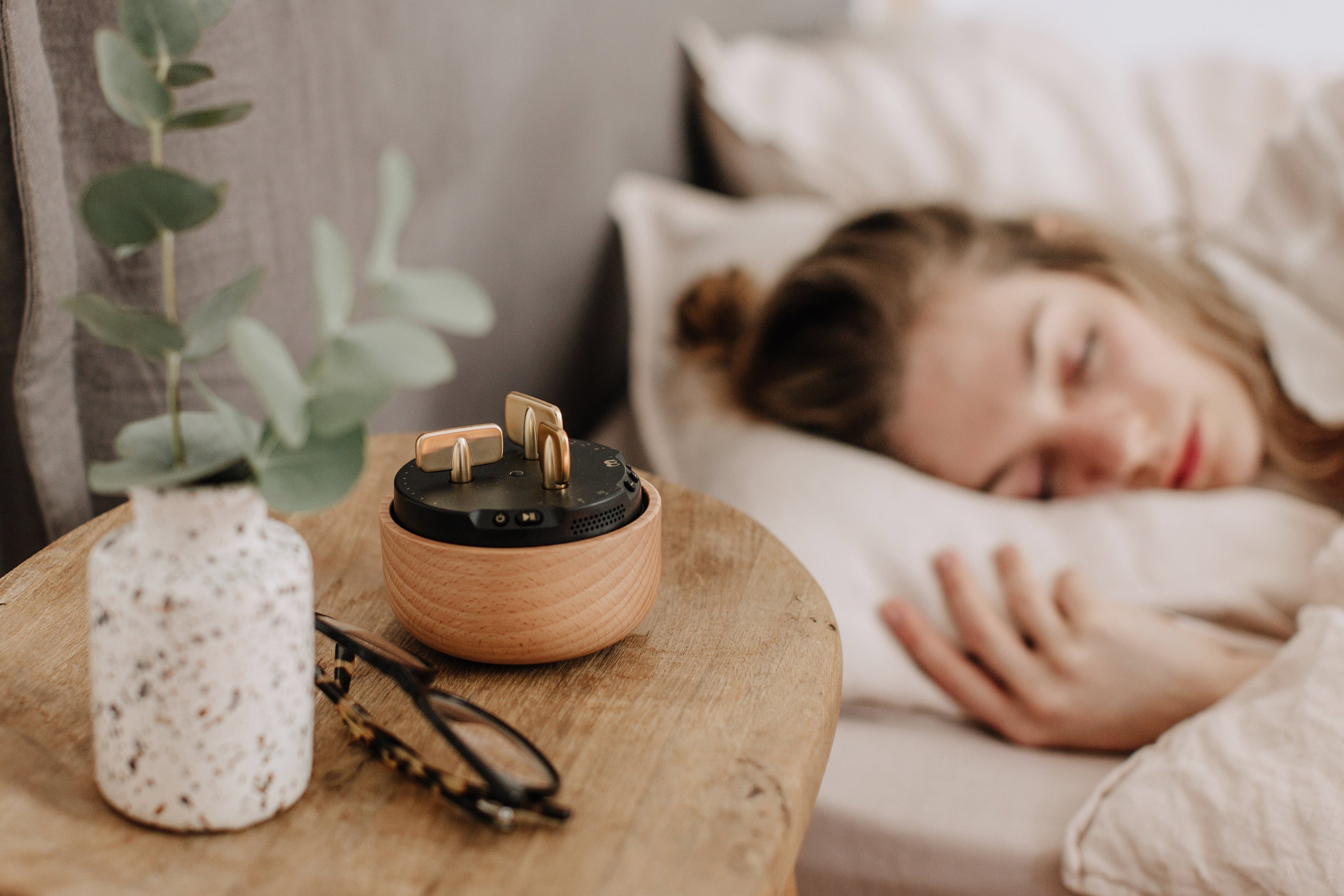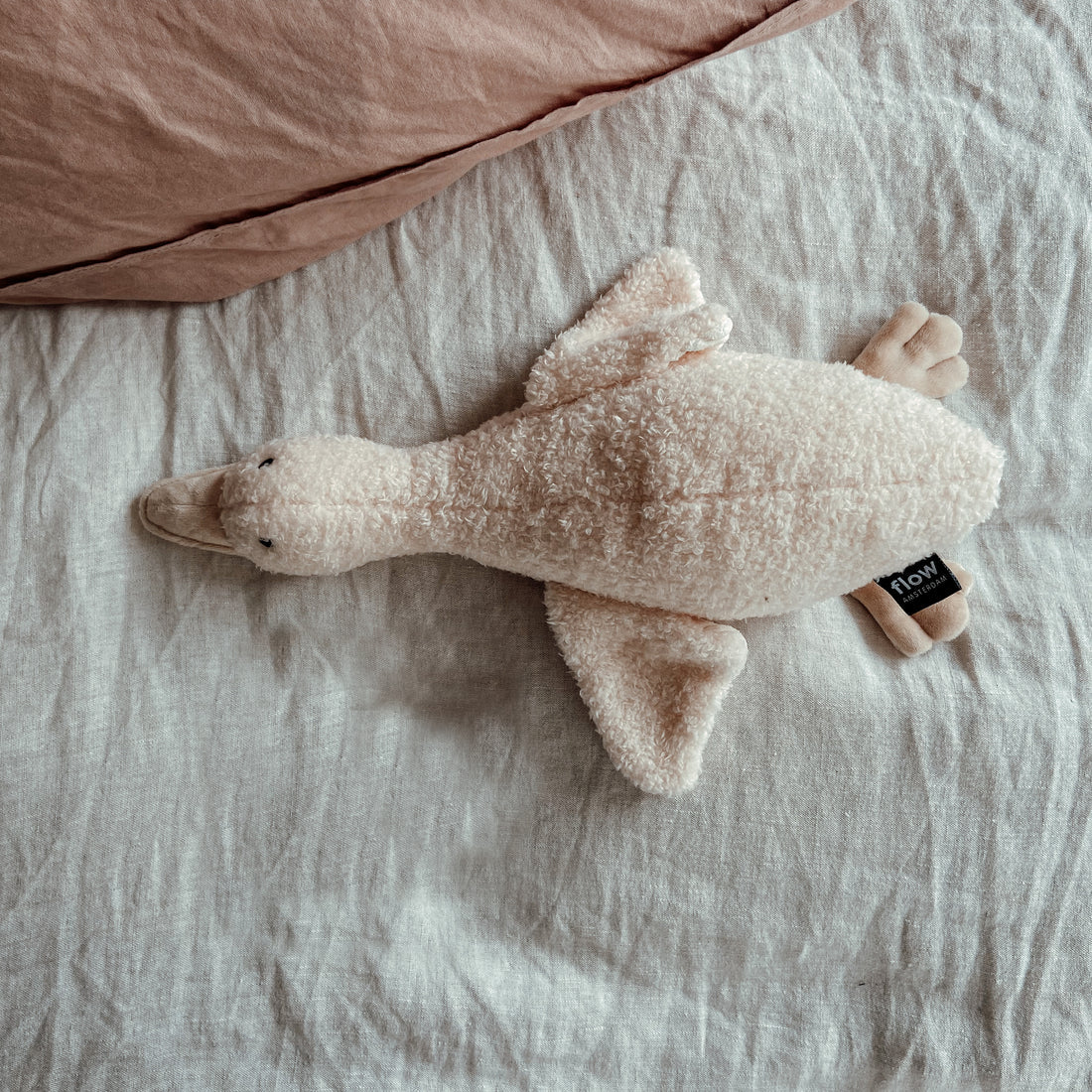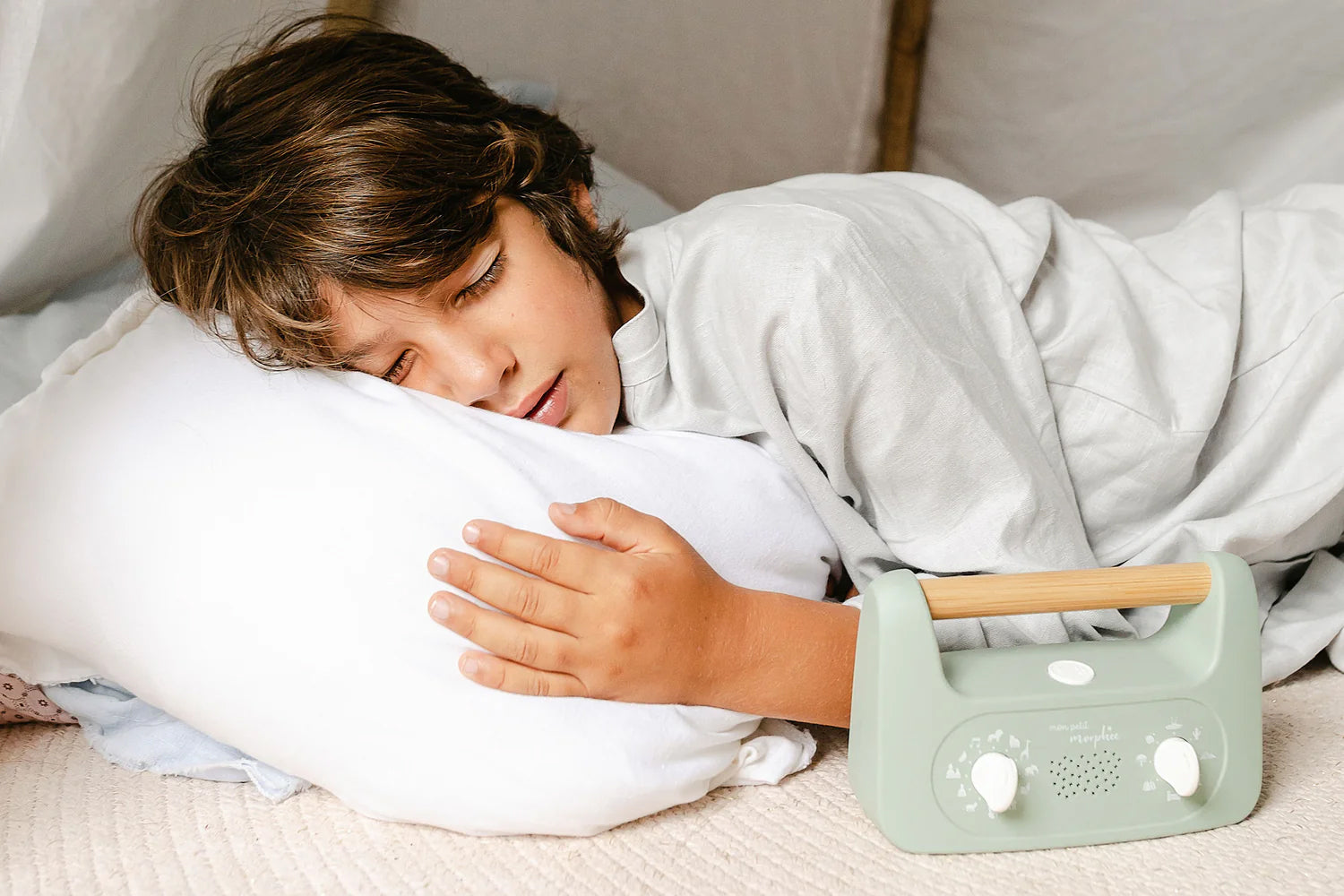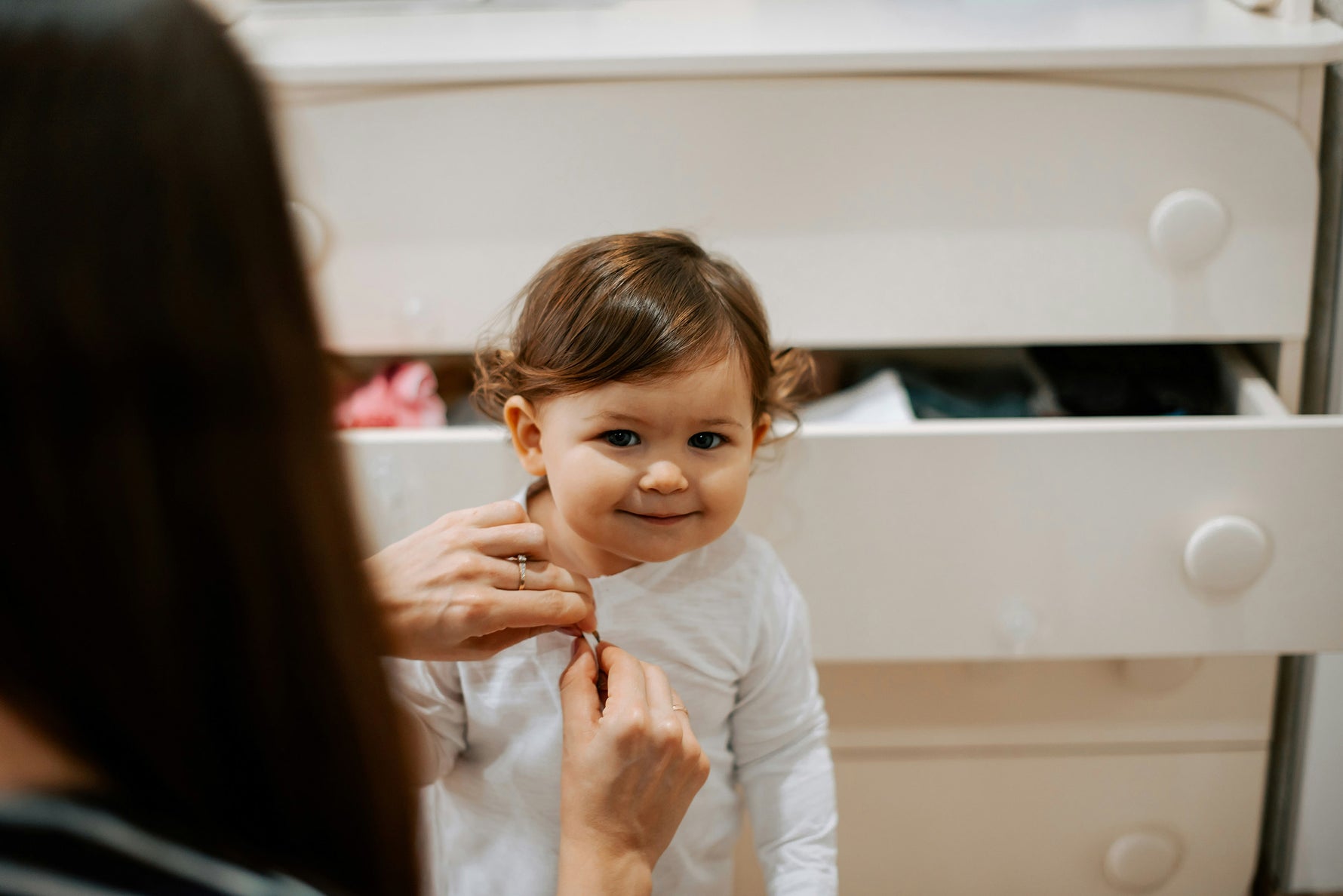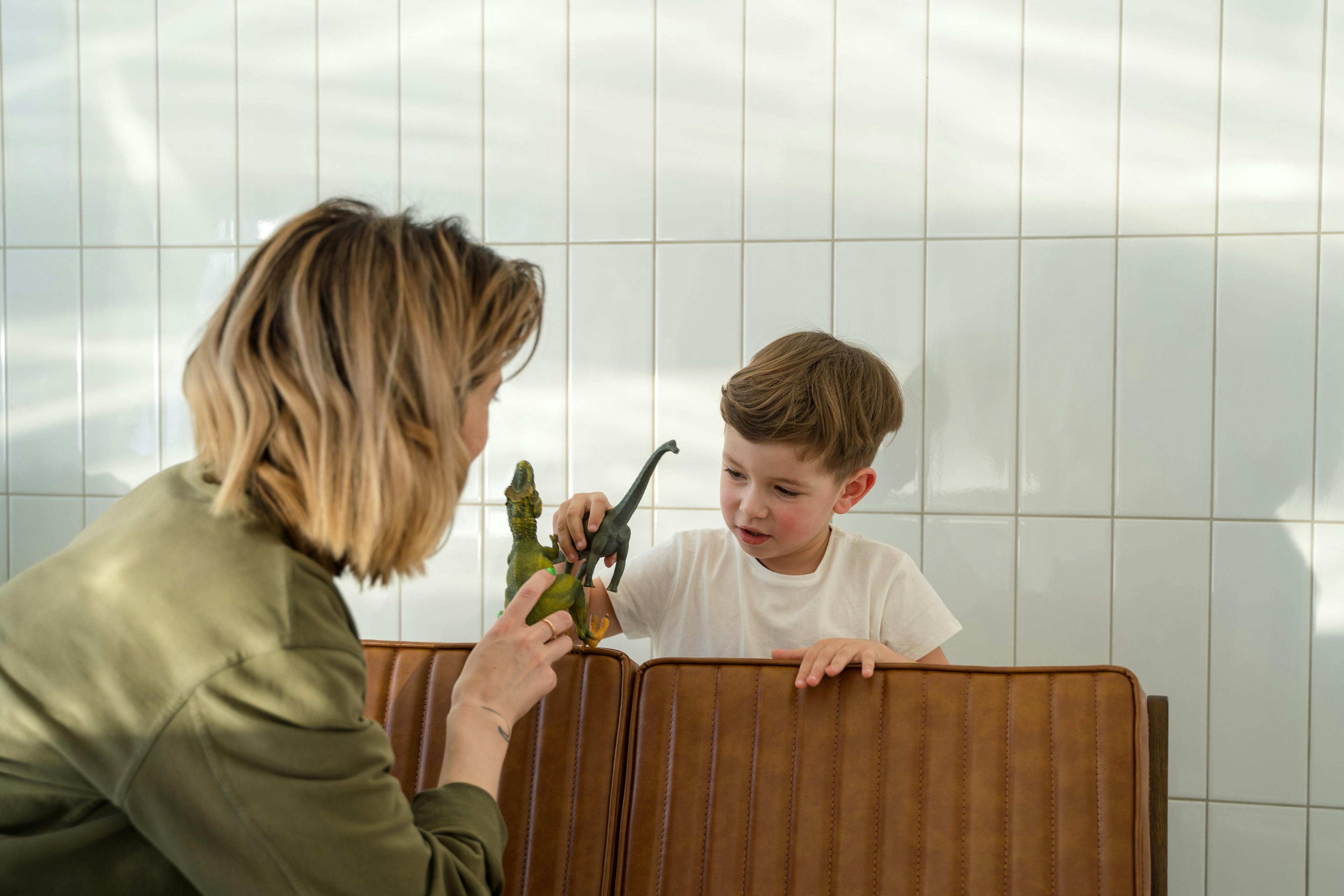Faq
Faq
How do Mokki Click & Change sunglasses work?
Faq
Why do Mokki sunglasses come with two different lenses?
Faq
Care instructions for your Mokki sunglasses
Faq
What's Included with Mokki Click & Change sunglasses?
Faq
Faq
How does the 1-2-3 Variflow teat work?
Faq
My 1-2-3 Variflow teat has 2 small holes in it instead of a small slit. Is that correct?
Faq
Faq
How do I open the valve at the bottom of the S-bottle?
Faq
Do I need to unscrew the bottom of the S-bottle during feeding?
Faq
My S-bottle creates a vacuum when it shouldn’t. What could be the issue?
Faq
Why are there volume markers in the cap of the S-bottle?
Faq
What are the benefits of the Difrax S-bottle?
Faq
Do I need to replace a bottle teat regularly?
Faq
My baby is drinking too quickly - what can I do?
Faq
Do I need to boil or sterilize baby bottles?
Faq
The measurement markings on my S-bottle are incorrect. How is this possible?
Faq
Where can I find the batch number on the bottle?
Faq
How safe is the use of plastic baby bottles?
Faq
Do I need to sterilize a pacifier?




